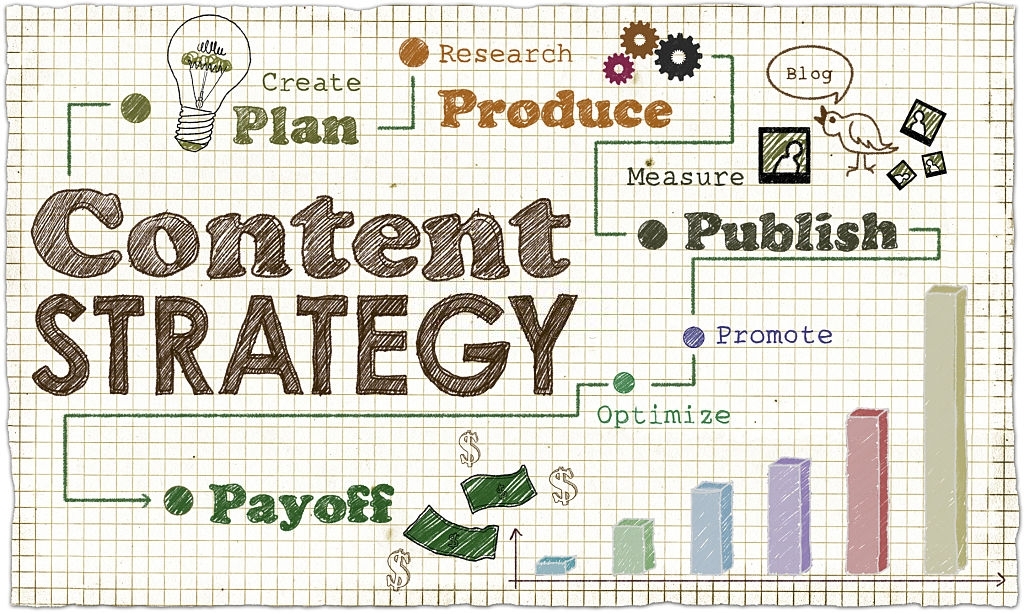What is Lead Generation?
A lead is any user interaction with a business that can lead to a targeted action. A call, a request, a comment, a like, or a subscription – these and many other events qualify as leads.
Leads in marketing include not only online but also offline actions: filling out a questionnaire at an event, giving your contact information during a consultation, and even a visit to a store.
Situations can be numerous, the only condition that turns a simple action into a lead is the ability to track it and contact the user afterwards.
In fact, targeted leads are contacts of potential buyers. Therefore, leads for the site are any interaction with a potential customer in the course of which his contact information is obtained. And the fact that these contacts will turn into a conversion or not depends on the further work of the marketer.

The Importance of Lead Generation
After attracting traffic, the main task is to turn it into a conversion. That is, the user should not just come to the site, but also do something that will make it closer to the order or purchase. This conversion of visitors into leads is the main task of lead generation. In addition to this, it is important to maintain and increase the quality of users.
The main purpose of lead generation is to convert visitors who liked your service or products into possible customers. They should perform a target action: register, become a member of a mailing list, fill out a questionnaire, call etc.
First of all, such measures are interesting for large companies that can afford to have a full-fledged marketing department in the state. Smaller businesses tend to outsource promotion, and hence the second category – internet marketing agencies. However, in fact, lead generation is an area worth developing for everyone, including non-commercial sites. For example, news resources can use the same methods to attract new readers.
4 Reasons You Should Start Generating Leads
A few years ago, aggressive advertising campaigns and ads were effective. Having quality content is becoming more and more important for attracting customers.
The buying process has also changed. Marketers must find different ways to reach customers. Instead of looking for customers through mass advertising or emails, marketers must now focus on finding them and learning how to build an ongoing relationship with customers.
- Targeting Desired Customers
Lead generation process allows you to target desirable customers from different demographics and gather important information about potential customers, their needs and preferences. This can help you tailor the value of your product or service to their wants, needs and/or interests.
- Key takeaways
Lead generation has become popular because it allows the companies to choose the product or service they want to offer, conduct tighter and more effective demographic targeting, and control the number of leads a business wants per month.
- Increasing Brand Awareness
Brand awareness is a measure of how well your brand is known in certain markets. The more people who have heard about your brand, the stronger your reputation and the higher your profit potential will be. Lead generation informs people in your target market about your product and its features.
- Costs less than other advertising
Because advertising is essential to a successful business, it is important for companies to choose the most convenient marketing strategy that will be cost-effective and produce the best results. Lead generation offers that opportunity.
Main Channels of Lead Generation
Nowadays, it’s critical for marketers to adopt multichannel strategies and be where their customers are. However, not all sales lead generator channels are created equal, and businesses need to focus on what works specifically for them to increase efficiency and maximize return.
Here are the main lead generation channels:
- Email marketing;
- Content marketing;
- Social media marketing;
- Landing page;
- Website optimization;
- SEO.
Lead generation strategies
With lead generation, marketers seek to energize their target audience and smoothly lead customers to make a purchase. Another goal of lead generation is to attract users interested in the products the brand produces. Leads can be generated using a variety of sources, such as referrals, phone calls, events, advertising, Internet.
Lead magnet strategy
A lead magnet motivates potential customers to share their contacts – it’s one of the leading ways to generate leads. So creating a one-size-fits-all lead magnet that appeals to everyone is not a very productive solution.
Instead, create an offer that appeals exclusively to the target market in your region.
Email outreach strategy
Email leads are leads whose contact information you’ve collected through a contact form. These leads provide their email address through a registration form in exchange for an offer.
Email validator is an essential tool when you want to grow your business and connect with more people. This helps generate new leads. You can use an email finder engine as a lead generation tool. This allows you to find potential customers who may turn into customers in the future.
Content marketing strategy
Content is the currency of your site, so you should post something new regularly. This not only establishes you as an expert in your field, but also increases your reach and visibility. But by no means create content for the sake of content. Your goal is to provide users with quality information, not to make the site look pretty.
By publishing valuable content that informs, educates and entertains your CA, you increase their loyalty. And converting leads is easier once credibility is gained.

Referral strategy
Referral marketing is a marketing tactic that uses referrals to increase a business’s customer base through networks of existing customers. Referral marketing can take many forms, but at its core, it’s a way to get your biggest fans to spread the word about your brand. In other words, referral marketing turns your current customers into brand advocates.
Using referral marketing will help you stand out from the competition in your industry if you do it effectively.
PPC strategy
You can repeatedly send emails to your existing subscribers, or you can rent or buy an email list and hopefully target great new leads for your business.
The benefits of PPC for lead generation:
- Attract visitors who are looking for what you offer.
- Achieve immediate keyword rankings and traffic
- Find out what people are looking for and tailor your message to their needs.
- Learn more about your leads and their behavior.
What is a Lead Generation Funnel?
The lead generation funnel describes a person’s journey from a stranger to a potential customer.
Having trouble attracting more people to your business? If so, you need a lead generation funnel.
Many business owners, sales lead generators avoid funnels, thinking they are complicated and require too much work. The truth is, marketing funnels can be as simple as you want. The important thing is that they allow you to visualize your ideal customer’s entire journey.
The Stages of a Lead Generation Funnel
- Attention – This stage is at the top of the funnel when a person first learns about you. That person already has a problem they want to solve, and that’s probably why they came across your content (blog post, social media post, ad, video, etc.). However, in some cases, people don’t realize they have a problem until they see your content.
- Interest. As your potential customer consumes your content, they become more interested. So, they continue to research. Now they begin to see how your product or service can improve their situation.
- Desire – After learning more about your product or service, they have a desire to have it. However, they may have objections that prevent them from making a purchase. This is where your free webinars, case studies and free trials become valuable. They will convince your potential customer that buying from you is the best solution.
- Action. In this stage, your potential customer becomes a paying customer. Your goal is to get them to take action immediately. Create a sense of urgency with time-limited offers and bonus incentives.
Conclusion
Lead generation is the process of collecting leads. This includes identifying interest and stimulating it for further purchase. But lead generation is not only the formation of a potential target audience, but also constant work on increasing the customer base.
The main goal of lead generation is to convert visitors who like your service or products into possible customers. They need to perform a targeted action: register, become a member of a mailing list, fill out a questionnaire, call, etc.
An important role in generating leads is played by strategies and the funnels.
Leave a Reply